The single biggest problem in communication is the illusion that it has taken place
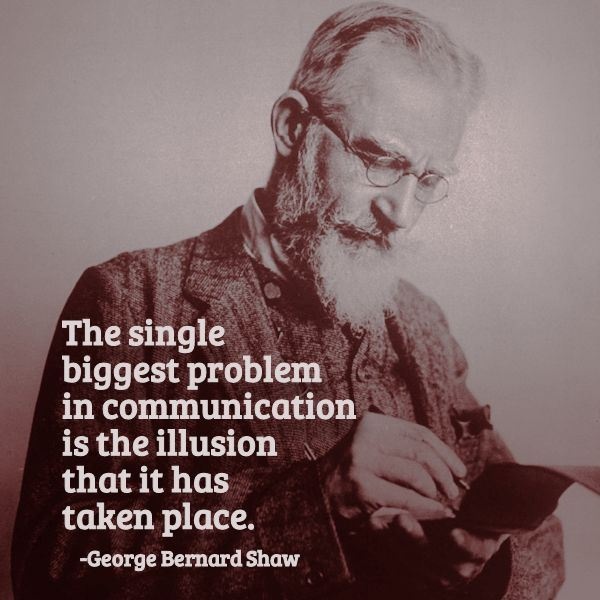
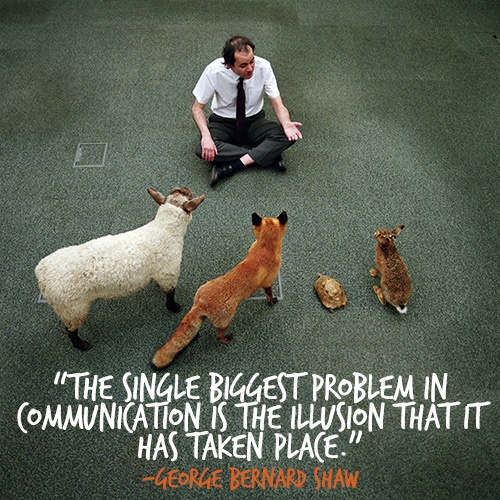
The single biggest problem in communication is the illusion that it has taken place
Communication is a fundamental aspect of human interaction, allowing individuals to convey thoughts, ideas, and emotions to one another. However, despite its importance, communication is often fraught with challenges and misunderstandings. One of the most significant obstacles to effective communication is the illusion that it has taken place when, in reality, it has not.The quote, "The single biggest problem in communication is the illusion that it has taken place," highlights the pervasive issue of miscommunication that plagues many interactions. This illusion occurs when individuals believe that they have successfully communicated their message to another person, only to later discover that the message was not received or understood as intended. This can lead to confusion, frustration, and conflict, as both parties may be operating under different assumptions and interpretations of the communication.
There are several reasons why this illusion of communication occurs. One common factor is the assumption that communication is a straightforward process, where the sender simply transmits a message and the receiver accurately decodes it. In reality, communication is a complex and dynamic process that involves not only the transmission of words but also nonverbal cues, tone of voice, and context. Misinterpretations can easily arise when these elements are not taken into account.
Another reason for the illusion of communication is the tendency for individuals to rely on their own perspectives and assumptions when communicating with others. This can lead to a lack of empathy and understanding, as people may fail to consider the perspective of the other person or the cultural differences that may influence their interpretation of the message.
To overcome the illusion of communication, it is essential for individuals to practice active listening, empathy, and clarity in their communication. This involves not only speaking clearly and concisely but also actively listening to the other person, asking clarifying questions, and being open to feedback and different perspectives. By fostering a culture of open and honest communication, individuals can work towards reducing misunderstandings and building stronger relationships based on mutual understanding and respect.
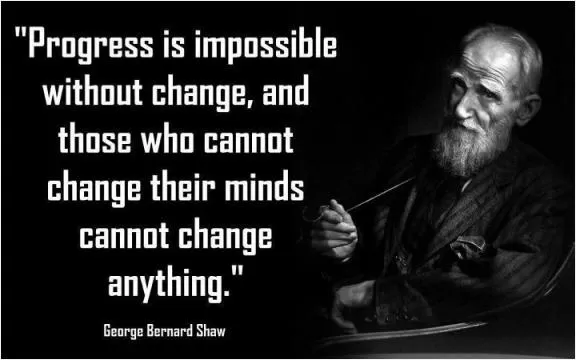



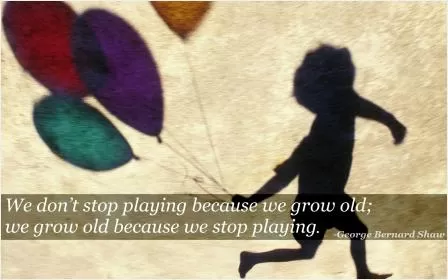




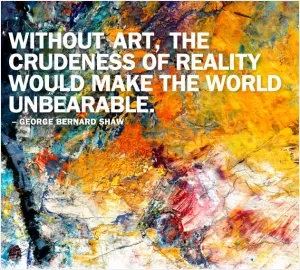


 Friendship Quotes
Friendship Quotes Love Quotes
Love Quotes Life Quotes
Life Quotes Funny Quotes
Funny Quotes Motivational Quotes
Motivational Quotes Inspirational Quotes
Inspirational Quotes